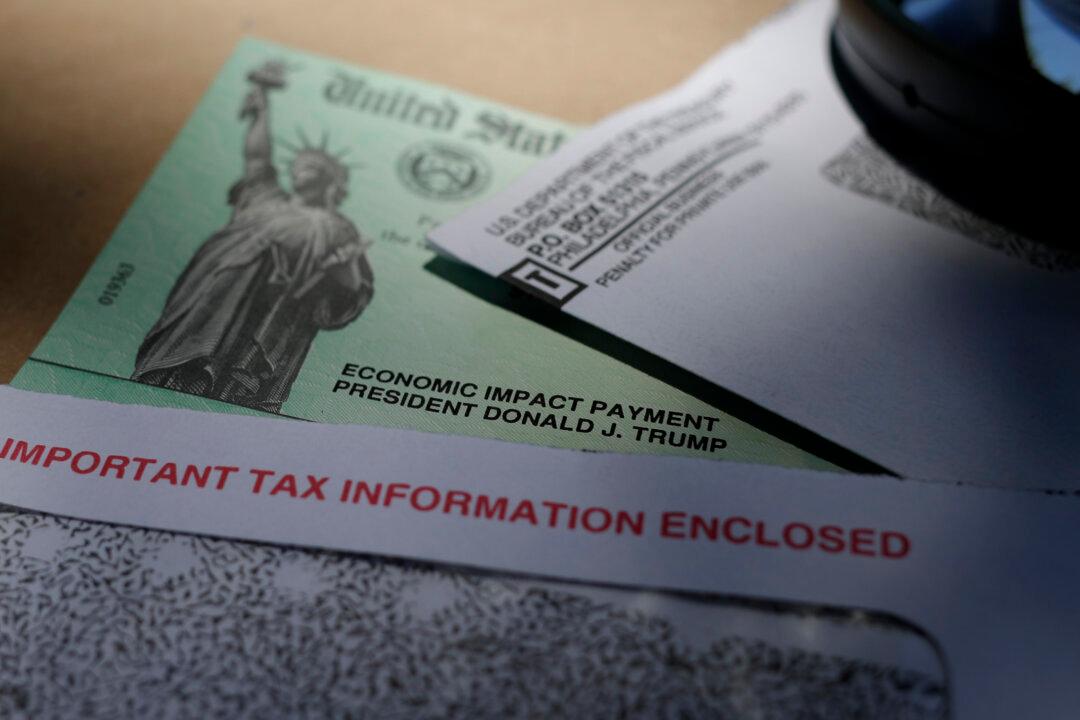A team of Federal Reserve economists found that the cash surplus accumulated by American households over the past few years since the start of the pandemic has now largely evaporated.
The expenditure of household excess savings by U.S. consumers partially came from government pandemic stimulus checks, which caused the spur in economic growth over the past year, despite high inflation.





